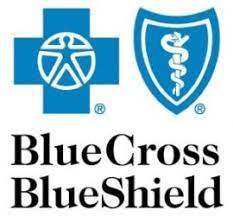There are numerous soft tissue structures that provide stability to the various joints of the wrist including the volar and dorsal extrinsic ligaments as well as the ulnar and radial collateral ligaments. Intrinsic ligaments such as proximal and distal interosseous ligaments as well as midcarpal ligaments all provide stability to the wrist. An injury to any of these is considered a sprain. There are different grades of sprains:
- Grade 1- Mildest. Stretched soft tissue, but not torn
- Grade 2- Partial tearing of soft tissue
- Grade 3- Complete tearing or rupture of soft tissue. May require surgery to repair






